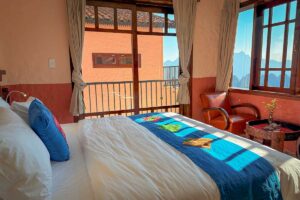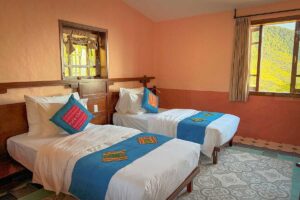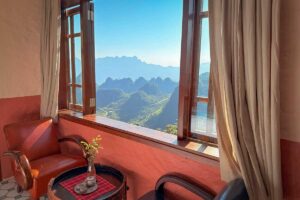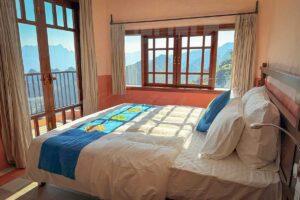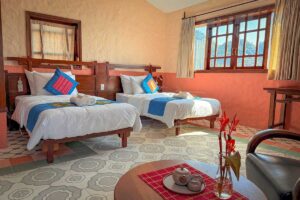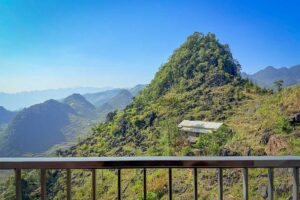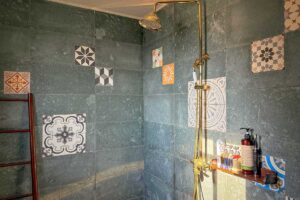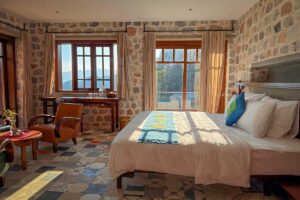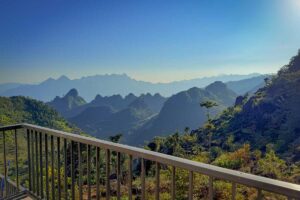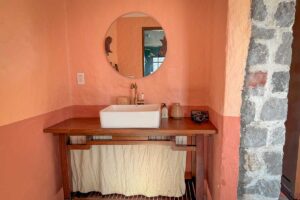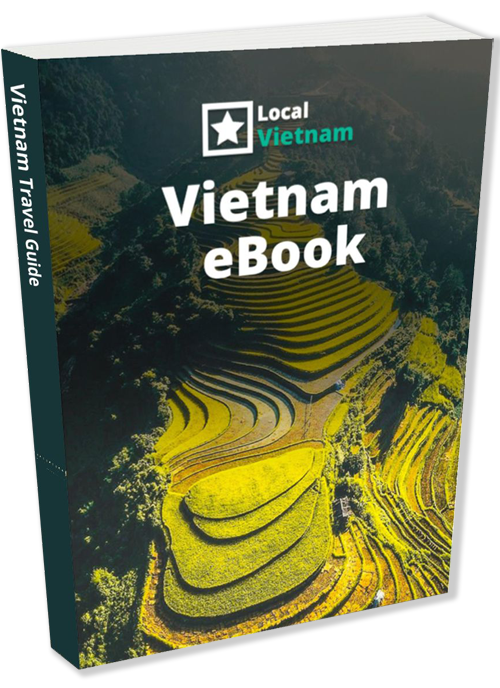Ha Giang Aya Lodge
Welcome to our lodge
Deep in the mountains of Ha Giang, far from mass tourism, we built Ha Giang Aya Lodge — a place where local life and comfort come together. Set in an authentic ethnic minority village, our lodge was created to give travelers a genuine connection to the people and landscapes of northern Vietnam.
Together with the local community, we’ve built more than a place to stay. It’s a way to experience Ha Giang at its purest — surrounded by mountains, markets, and warm hospitality, where tourism directly supports the people who call this region home.
What to Expect
Local Experience
- Located in an Ethnic Village: Stay in the heart of an authentic minority community and experience daily life up close.
- Weekly Market: Right next to the lodge, a traditional ethnic market every Tuesday offers a genuine taste of local culture.
- Local Team: Our staff comes from the surrounding villages, giving you a warm and truly local connection.
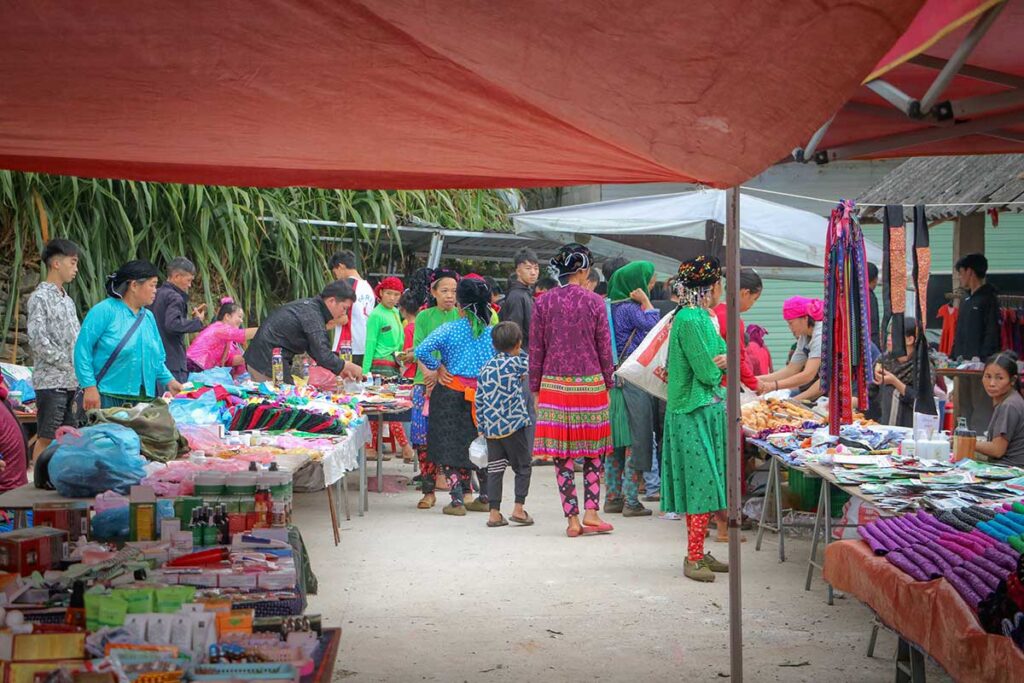
Modern Comfort in a Local Setting
- Wood-Fired Hot Baths: Relax in a warm bath while taking in breathtaking mountain views.
- Western Comfort: Enjoy quality mattresses, hot showers, and well-kept rooms for a worry-free stay.
- Local Restaurant & Bar: Dine on authentic Ha Giang dishes adapted to international taste and hygiene standards, and unwind with a drink at our cozy bar.
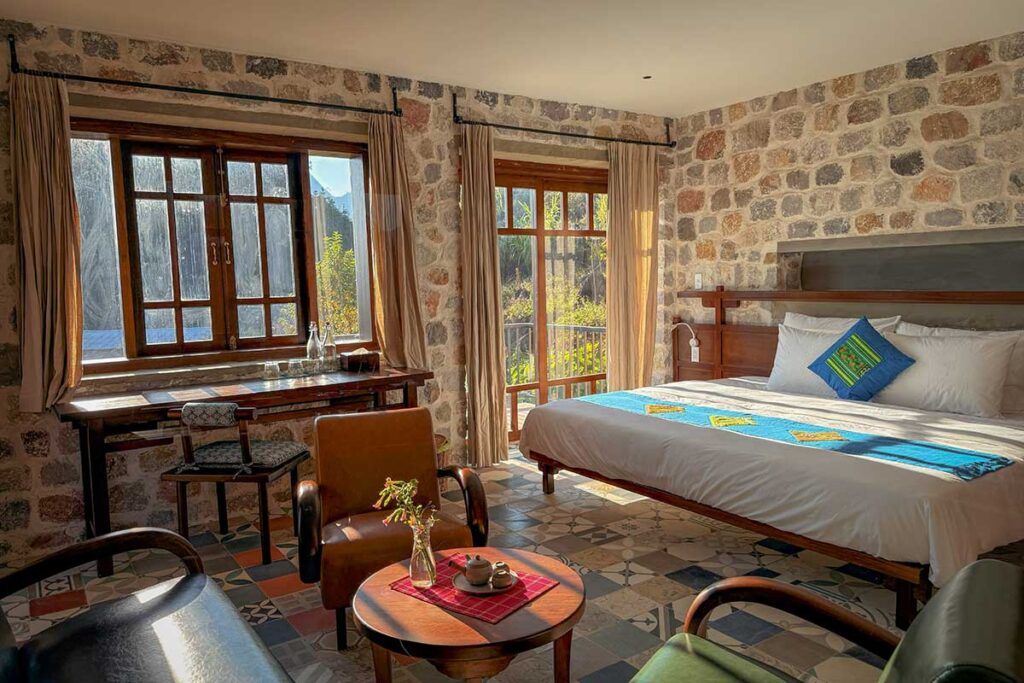
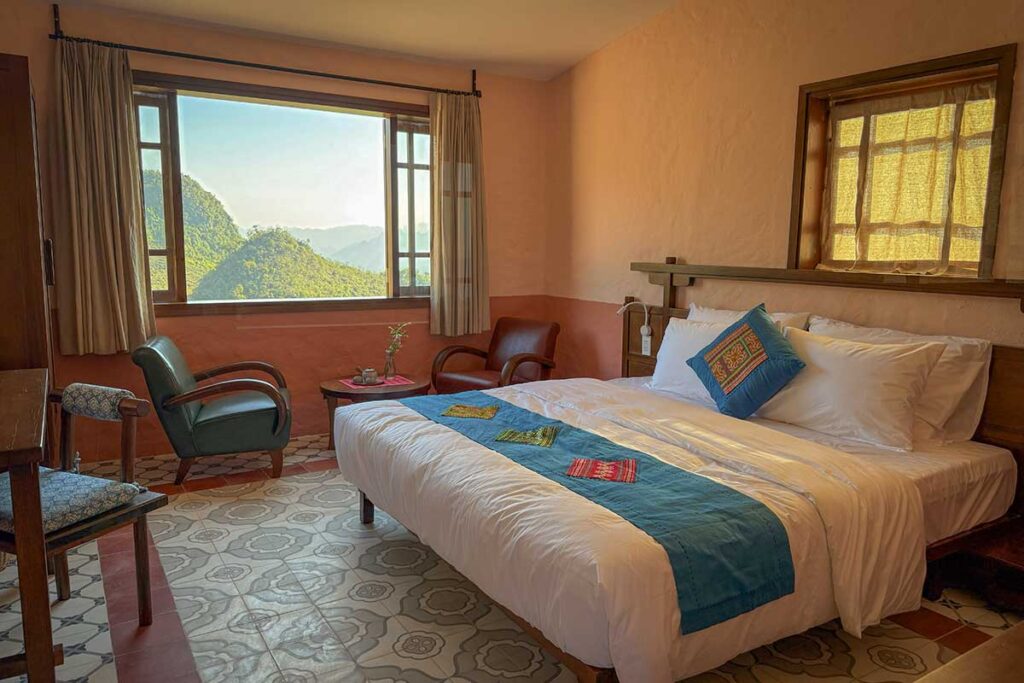
Stunning Landscapes and Views
- Mountain Panorama: The lodge overlooks a spectacular mountain landscape.
- Authentic Village Setting: Located in a remote area, far from tourist crowds and noise.
- Natural Beauty: Wake up to peaceful sunrises and the untouched scenery of Ha Giang.
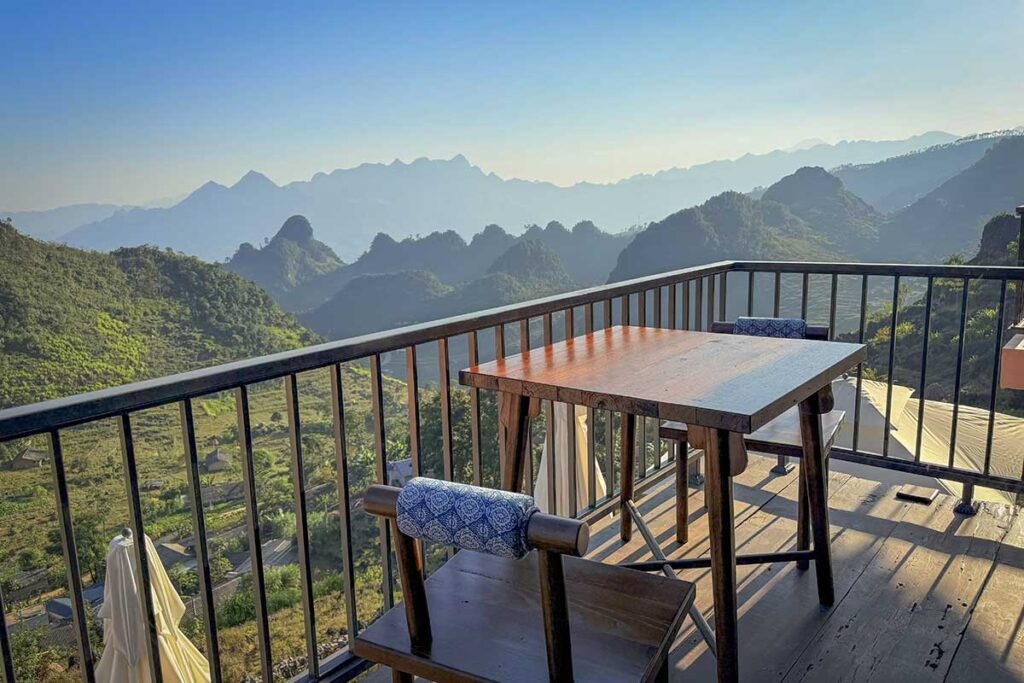
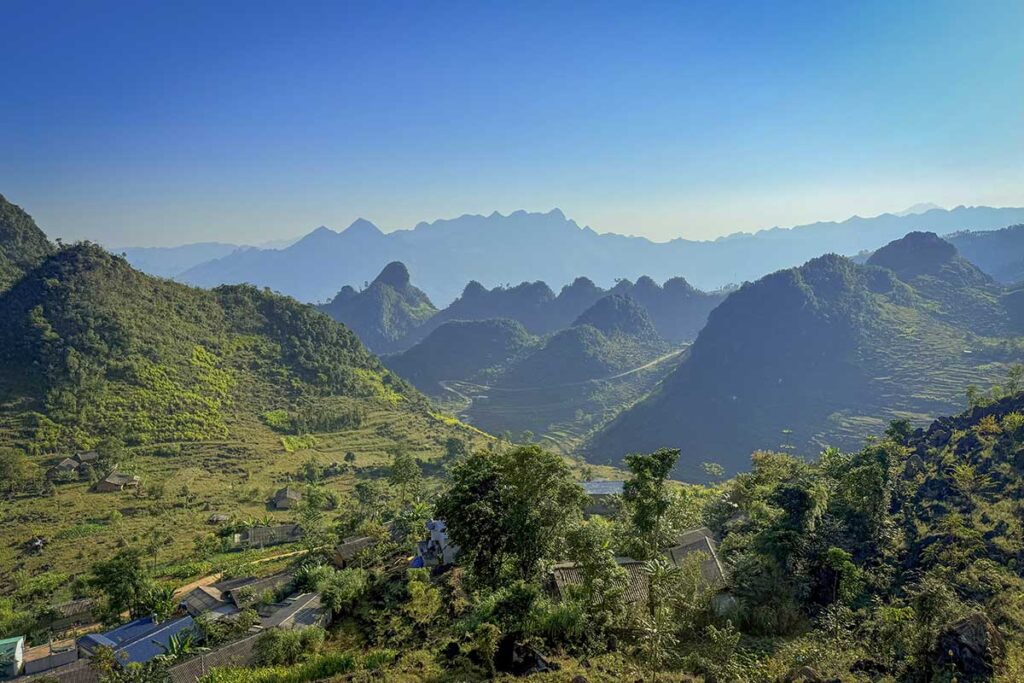
Organized Activities
- Ha Giang Loop: Explore one of Southeast Asia’s most stunning mountain regions by car or motorbike, visiting local villages and markets along the way.
- Trekking: Start directly from the lodge and follow hidden trails rarely seen by other travelers.
- Cultural Experiences: Join guided visits to local markets and nearby villages for an authentic insight into daily life.
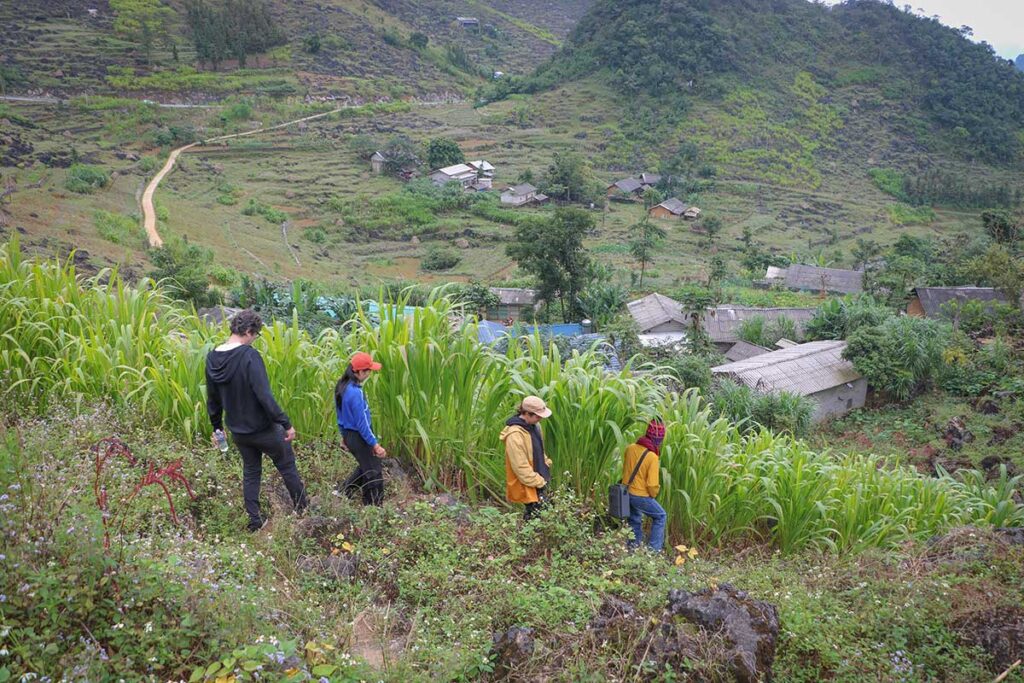
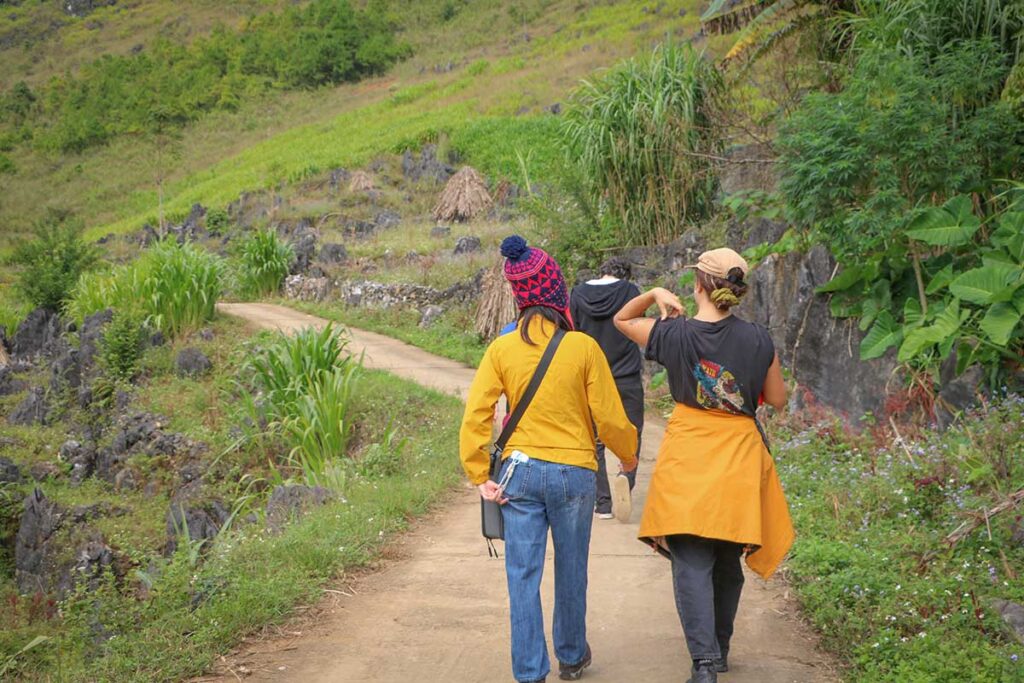
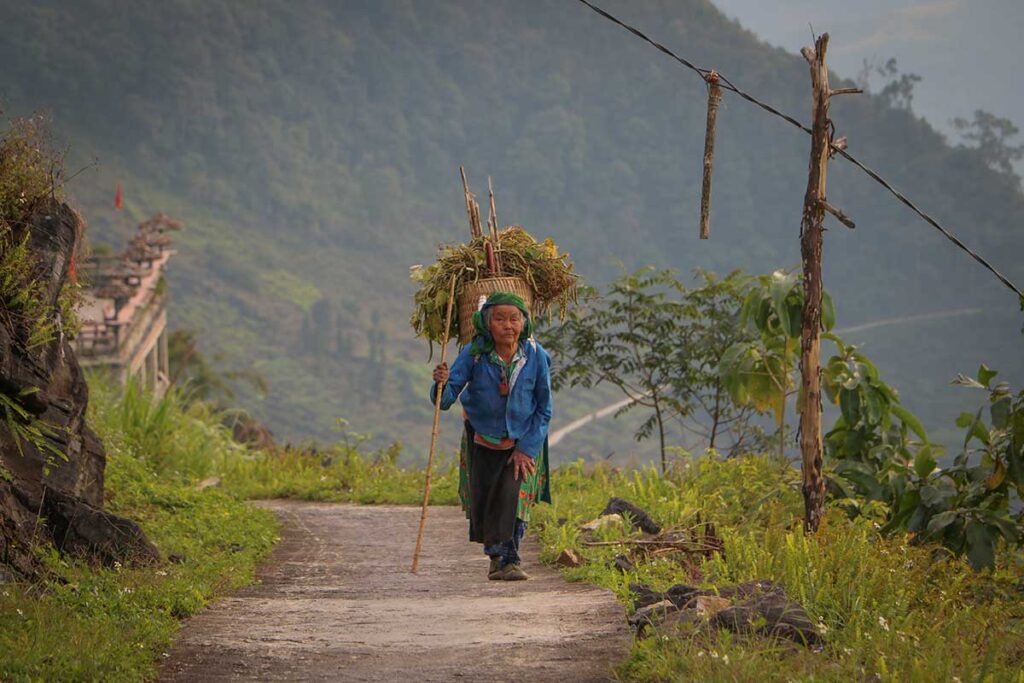
Unique Sights Nearby
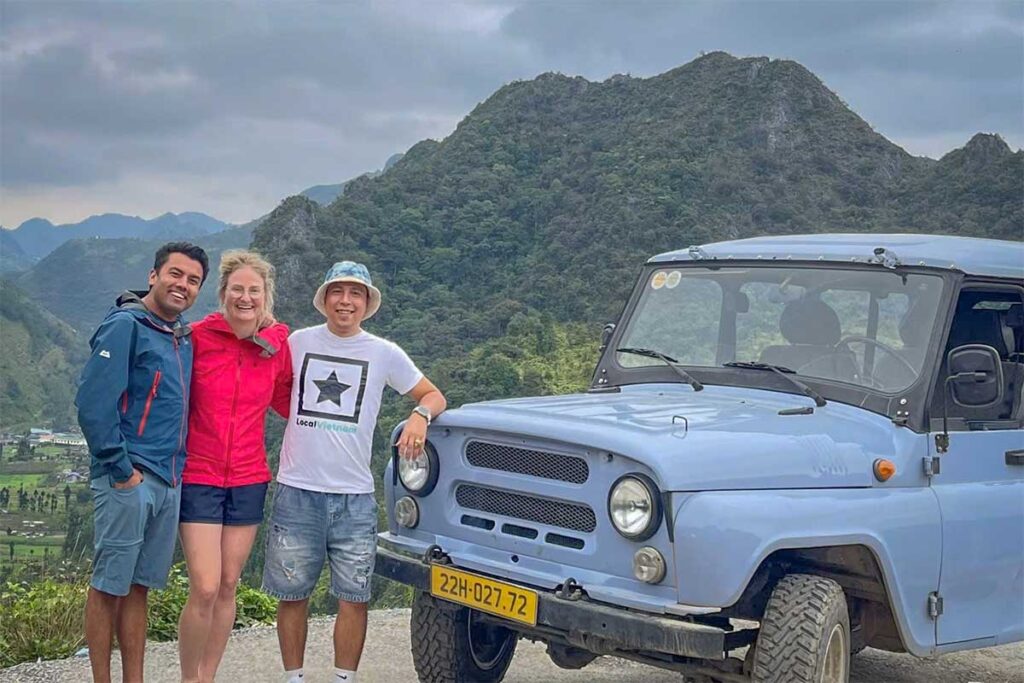
Ha Giang Loop
One of Southeast Asia’s most beautiful routes, known for its dramatic mountain scenery and authentic ethnic villages.
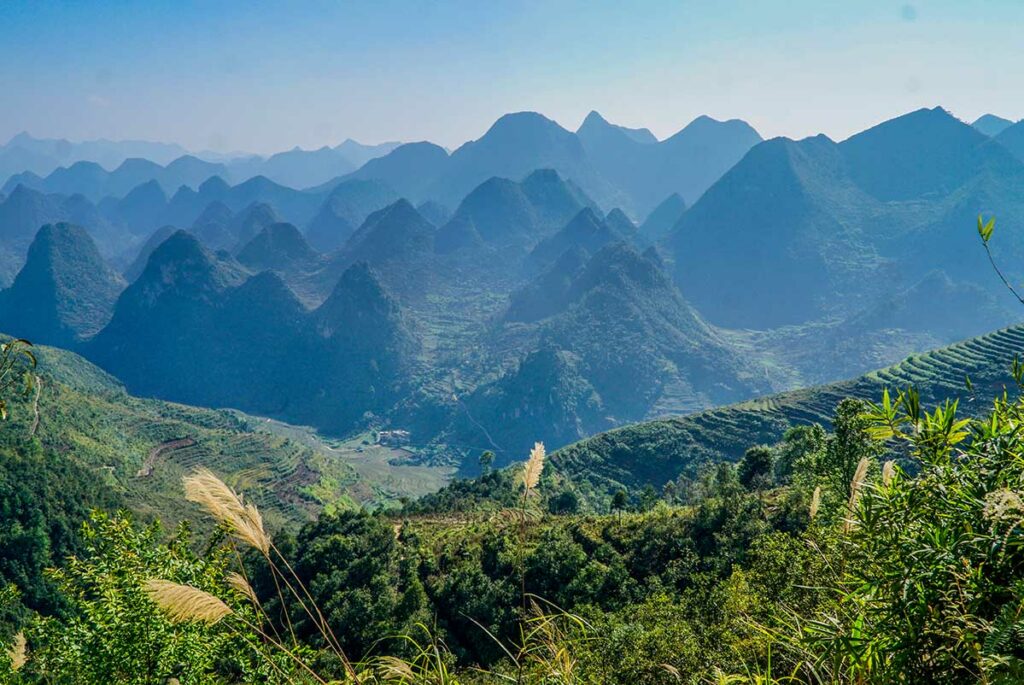
Dong Van Plateau
A UNESCO-recognized geological park with striking limestone formations and breathtaking mountain landscapes.
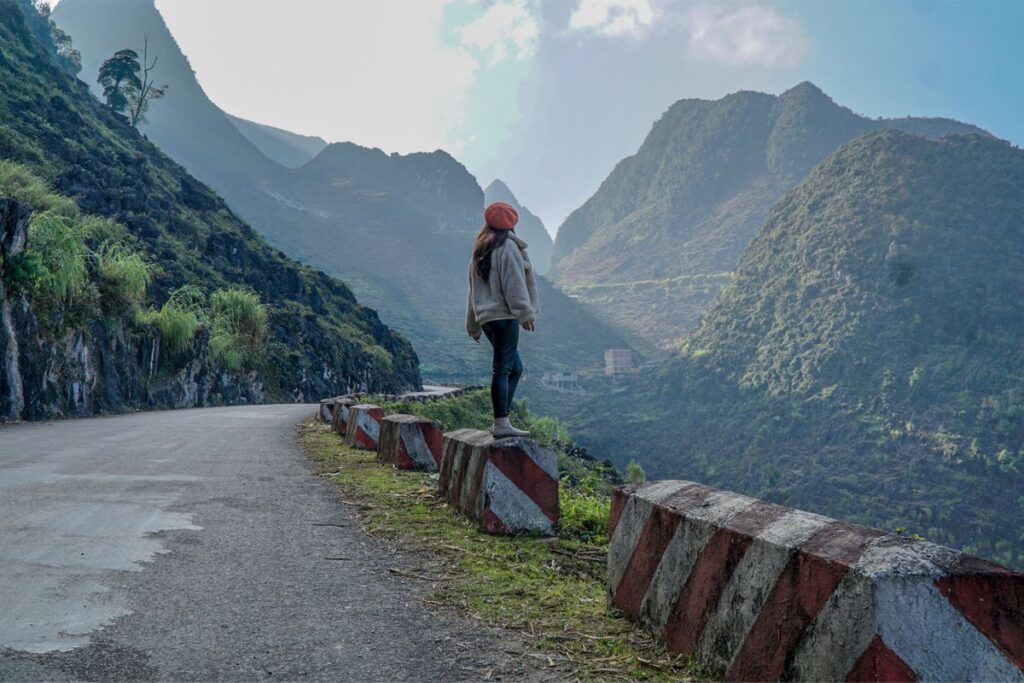
Ma Pi Leng Pass
An iconic mountain pass offering spectacular views over deep valleys and winding rivers — a true highlight of the Ha Giang Loop.
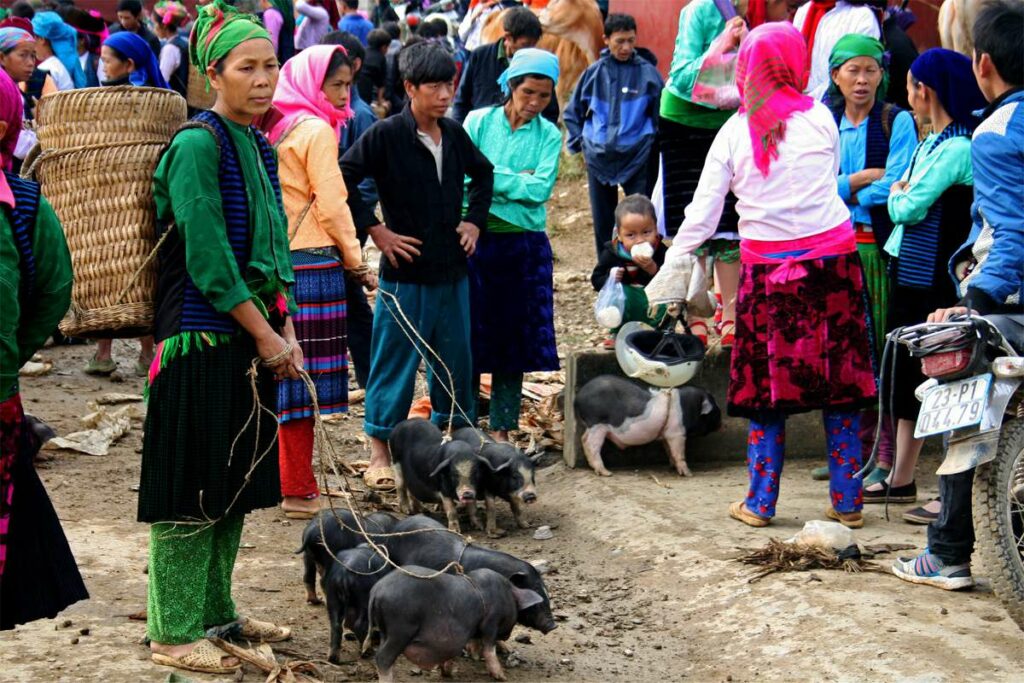
Meo Vac Market
A vibrant ethnic market where minority groups gather to trade local products and livestock in a colorful weekly event.

Sung Trai Market
A vibrant ethnic market where minority groups gather to trade local products and livestock in a colorful weekly event.
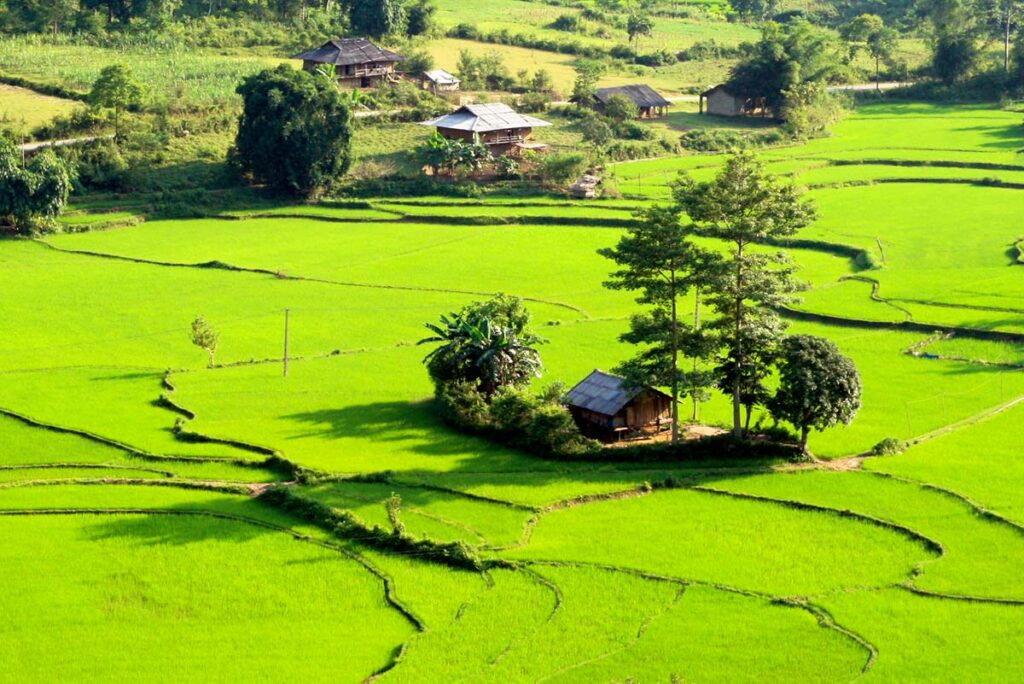
Du Gia
A vibrant ethnic market where minority groups gather to trade local products and livestock in a colorful weekly event.
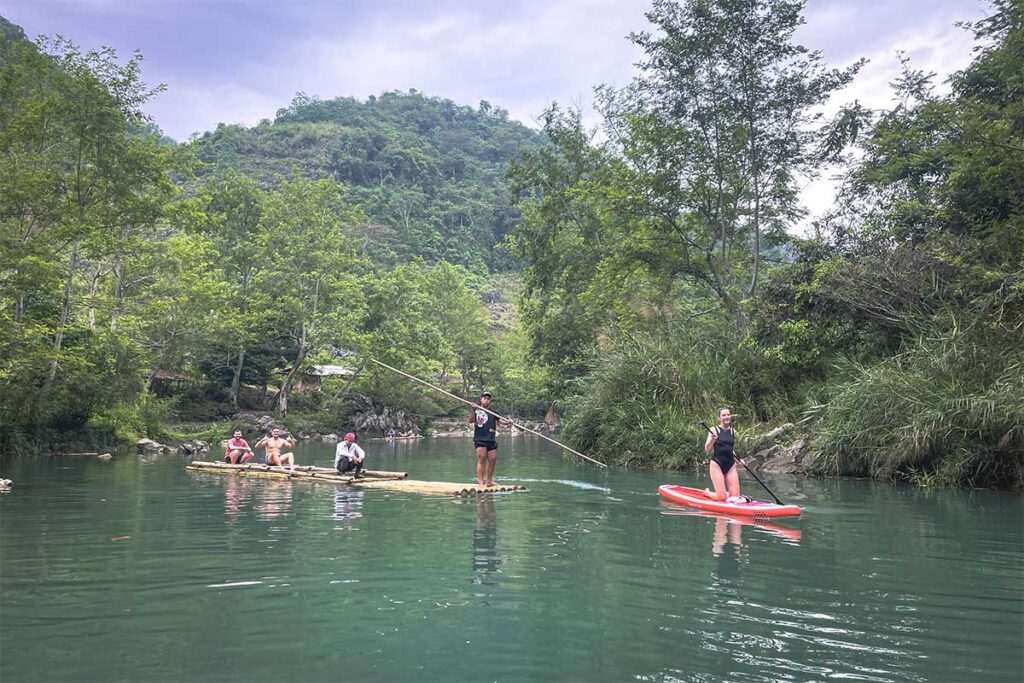
Bamboo Rafting
A vibrant ethnic market where minority groups gather to trade local products and livestock in a colorful weekly event.
The Rooms
Book Your Stay
1. Stay Only
- Overnight stay
- Breakfast
- Access to all facilities
- Unique local experience
2. The Full Experience
- Everything from option 1
- English-speaking guide
- Transportation (Car or Motorbike)
- Meals included
- Multi-day sightseeing tour
- Entrance fees
3. Complete Vietnam Tour
- Everything from options 1 and 2
- Fully organized round trip
- Tailor-made itinerary
- WhatsApp support during your trip
- Local SIM card with internet
Location
Our lodge is nestled deep in the mountains of northern Vietnam, in a remote ethnic minority village — perfect for travelers seeking peace, authenticity, and breathtaking scenery.
Ha Giang Aya Lodge by Local Vietnam
Sung Trai Village, Dong Van District
Ha Giang Province, Vietnam
Contact & Booking
Facebook messenger
Contact us via Facebook
Contact us via whatsapp
Good to Know
Book safely
We only accept bookings through our official website, email, or verified travel partners. Never make payments via Facebook or unofficial pages — several fake profiles exist in Vietnam.
Peaceful environment
Our lodge is designed for quiet relaxation. To respect all guests, karaoke, loudspeakers, or playing loud music in public areas are not allowed.
Non-smoking policy
Smoking is not permitted indoors or in shared spaces like the restaurant terrace. Dedicated smoking areas are available outside.
Children welcome
Families with children are warmly welcome. Please note that our lodge is surrounded by nature, so parental supervision is important.
Dietary requests
We’re happy to accommodate special dietary needs. Because of our remote location, please inform us in advance so we can prepare accordingly.
Community respect
The lodge is located in an ethnic minority village. Modest clothing and friendly behavior towards locals are appreciated.
Check-in & check-out
Standard check-in from 2:00 PM and check-out by 11:00 AM. Early check-in or late check-out is possible upon request, depending on availability.
Payments on site
We accept cash, card, and online transfers. ATMs are limited in this area, so bringing some cash is recommended.
Internet connection
We provide free Wi-Fi, but due to our mountain location, signal strength may vary at times.
Transport access
The lodge can be reached by car or motorbike. We can help arrange transfers from Ha Giang City or stops along the Ha Giang Loop.
Electricity & water
Our lodge runs on a reliable local grid, but occasional short power cuts can occur in the mountains. We always keep backup systems ready.
Weather & clothing
Evenings in Ha Giang can be cool, especially during winter months (November–February). Bring a jacket or sweater.
Accessibility
Please note that the lodge is not wheelchair accessible. Some areas can only be reached by stairs, as the lodge is built on a hillside in a mountain village.
